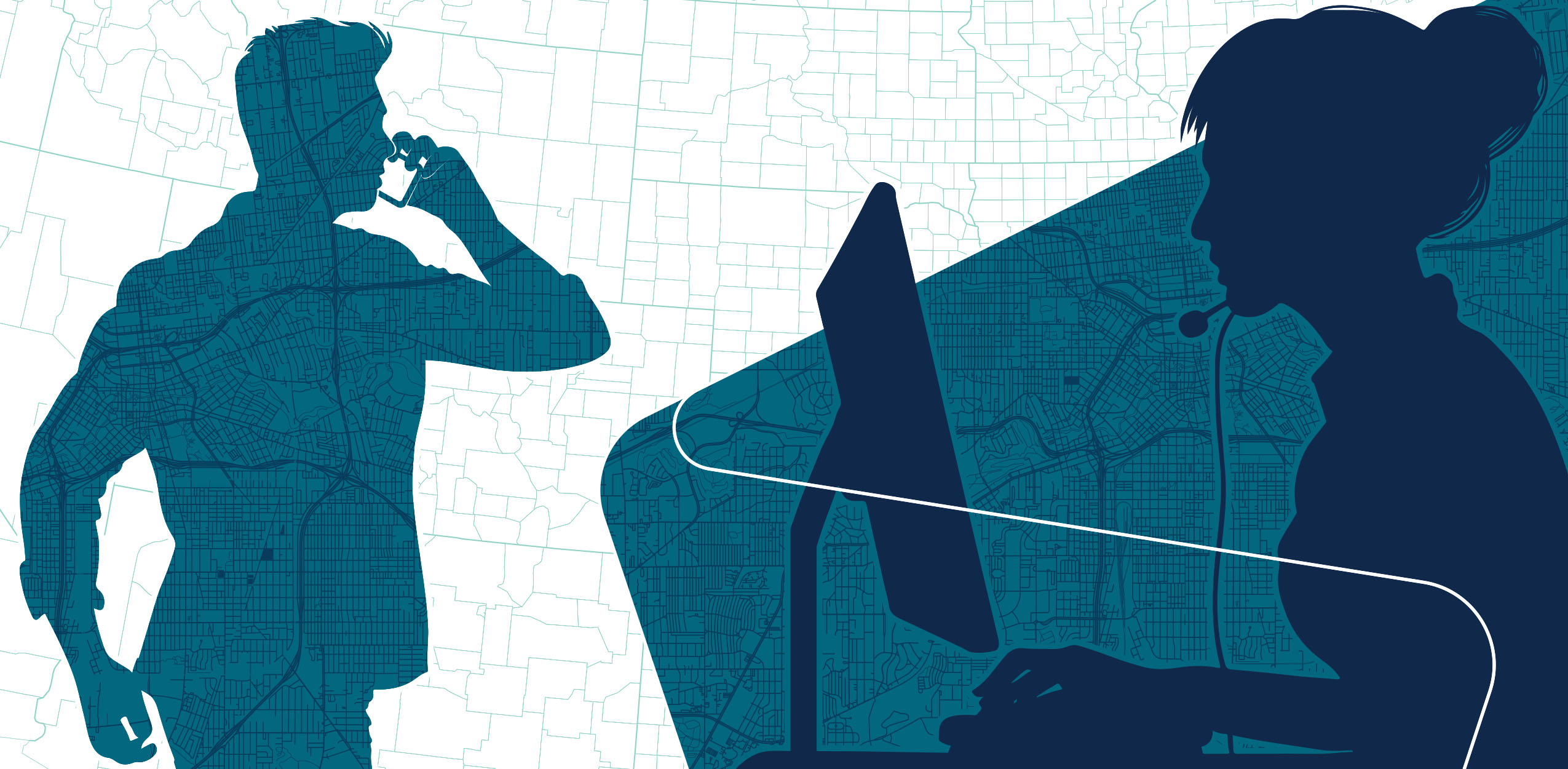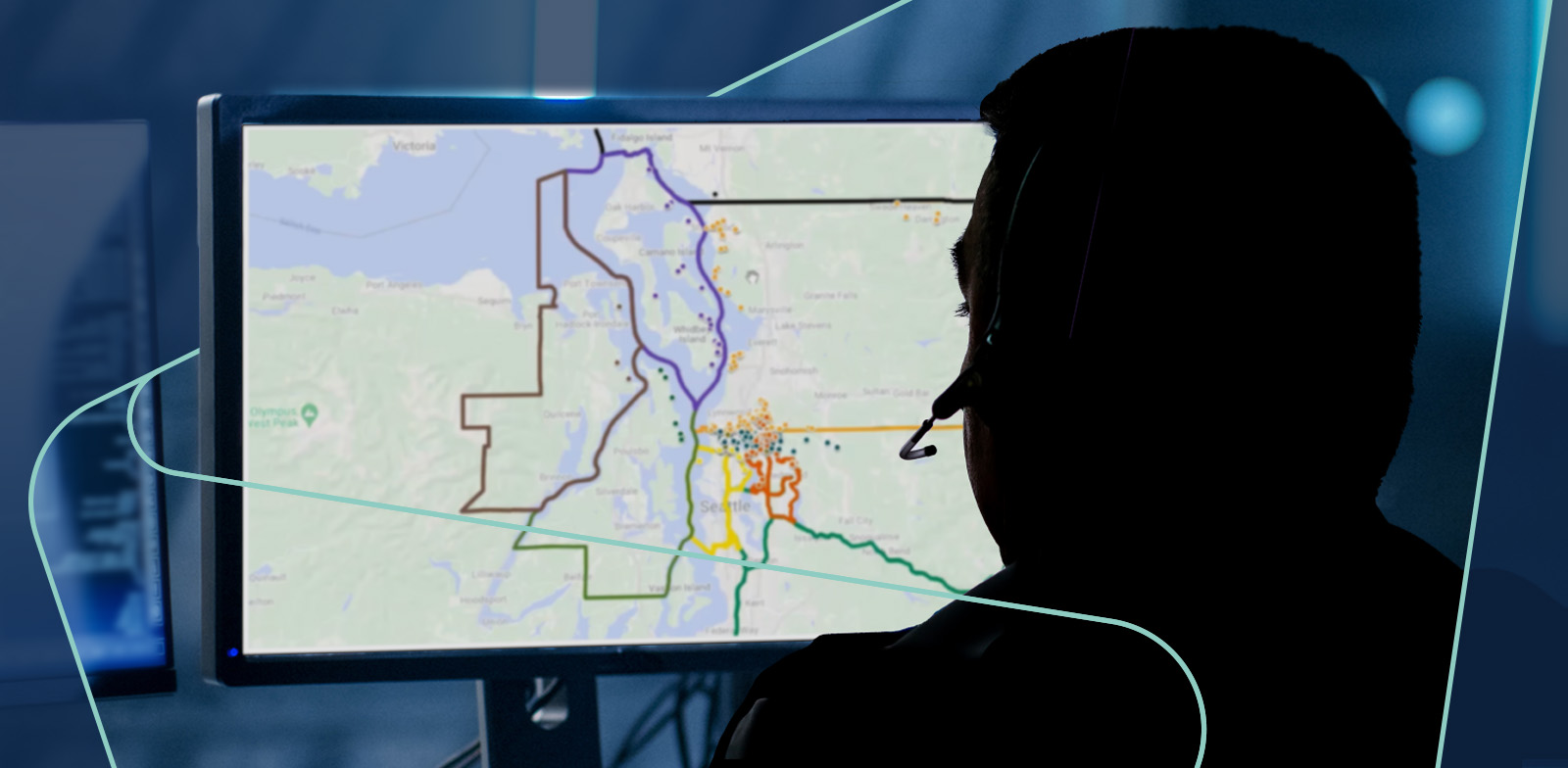Free Lunch for PSAPs?
These have been exciting times for us at Intrado with respect to our PSAP facing offerings. In June we announced VIPER NextGen, our cloud native call...
The information that Public Safety Answering Points (PSAPs) can receive today has come a long way since 911 service first debuted in 1968 (check out nena.org for more information on the origins of 911 service). Back then, the 911 caller was simply connected to the PSAP. This system worked if emergency callers could communicate their emergency and civic address on the phone. However, what happened if the caller in distress could not speak?
From this, Enhanced 911 (E911) was developed which has shaped 911 service as we know it today. When 911 is called from a landline, the 911 call is selectively routed to the proper PSAP based on the caller’s location. The PSAP has special equipment that allows it to automatically receive both the caller’s phone number and civic address (nena.org). So even if the caller cannot speak, the PSAP knows where to send help.
To this, an additional layer of complexity has been added. People can also call 911 from their Voice Over IP (VoIP) and Unified Communications (UC) systems and soft phones. IP connections work quite differently than landlines, so what type of E911 data is being transmitted to PSAPs when the 911 call comes from one of these other systems?
As discussed in a previous blog post (E9-1-1 Risk Factors in the Enterprise), when someone dials 911 from a VoIP or UC system, the system may only deliver the call to the PSAP serving the central data center, with the enterprise’s main billing address attached. This may not actually correspond to the location of the caller.
IP phone tracking appliances (like Intrado's Emergency Gateway) can be implemented within the enterprise, to allow organizations to assign accurate locations for their users. This, in conjunction with a call routing service (like Intrado's Emergency Routing Service), provides enterprises with the ability to deliver accurate E911 location data for the caller to the correct PSAP.
A callback number is provided to the PSAP in case the PSAP agent and emergency caller get disconnected. Typically, when the call originates from a VoIP or UC system, the callback number provided is the organization’s main billing telephone number – not too helpful if the PSAP needs to reconnect with the original caller.
To counter this, the same systems that allow enterprises to deliver accurate caller 911 location information to the correct PSAP also enable the delivery of the caller’s direct phone number, rather than the main billing telephone number.
But – as is often the case in large organizations – what if the caller doesn’t have a direct line? What if the caller only has an internal extension? Intrado offers a unique feature, Extension-Bind, which can dynamically assign a ten-digit callback number for the purpose of the 911 call. This allows the PSAP call taker to reconnect directly with the original caller, even if that caller does not have a direct line.
Though not included in “standard” E911 today, Intrado can also enable three-way communication between enterprise security personnel, the 911 caller, and the PSAP. This is especially useful, because enterprise security can play a vital role in coordinating emergency responses.
Intrado's three-way call monitoring allows enterprise personnel to be bridged into the emergency call when the 911 caller connects with the PSAP. Security can then barge into the call and talk directly with the PSAP, if needed. This feature allows enterprise personnel to provide additional contextual information that first responders can use to better coordinate an emergency response.
Granular location information and a direct callback number give PSAPs the data they need for an “enhanced” 911 call; three-way call monitoring enables a fuller view of the emergency. But what if more data was available?
With technology rapidly advancing, data is proliferating across the enterprise. Here’s a look at what 911 might look like as we move towards “Next Generation” 911, and how this new data could impact PSAPs and emergency responses.
You may have heard of smart buildings and smart cities. Major metropolitan areas have already adopted IoT (Internet of Things) devices on highways and in neighborhoods. Enterprises are incorporating smart devices into their buildings’ infrastructure. Cameras, beacons, environmental and sound detectors are all examples of IoT devices that could provide valuable information to PSAPs and first responders, such as the presence of smoke, fire, abnormal temperatures, or armed individuals.
Technology is being developed for PSAPs to eventually receive video images and live feeds. For example, PSAPs could receive a short video clip from an enterprise’s security camera via a secure, online connection. The enterprise’s security personnel could also give the PSAP real-time access to their camera feed for better situational awareness.
Technology already exists that allows enterprises themselves to access floor plan images. With Intrado's Desk Alert's notification solution, a URL can be added to the screen pop alert. This URL can point to various data sources populated by the enterprise, including an image of the enterprise’s floor plan. In the future, enterprises may be able to share these images with PSAPs.
The PSAP could obtain the enterprise security team contact information along with the call’s 911 data. First responders would then be able to communicate directly with the security team to better coordinate emergency efforts.
When it comes to technology and data, there are virtually no boundaries!
Intrado is working tirelessly to develop these technologies, and the evolution is already beginning with what the industry is referring to as Next Generation 911 (NG911).
We want to know! How do you envision the future of 911?

These have been exciting times for us at Intrado with respect to our PSAP facing offerings. In June we announced VIPER NextGen, our cloud native call...

When 911 is dialed, most organizations know that they need to deliver both the call and the caller’s location information to the appropriate Public...

Intrado recently launched its location-based routing feature for wireless 911 callers, Locate Before Route. This new industry-first technology...

LEAD THE WAY Geographic Information Systems (GIS) is front & center in the march toward a fully-realized i3-based Next Generation 9-1-1 (NG9-1-1)...